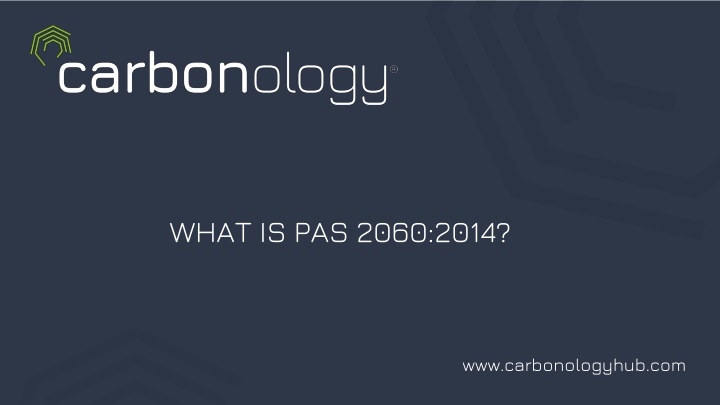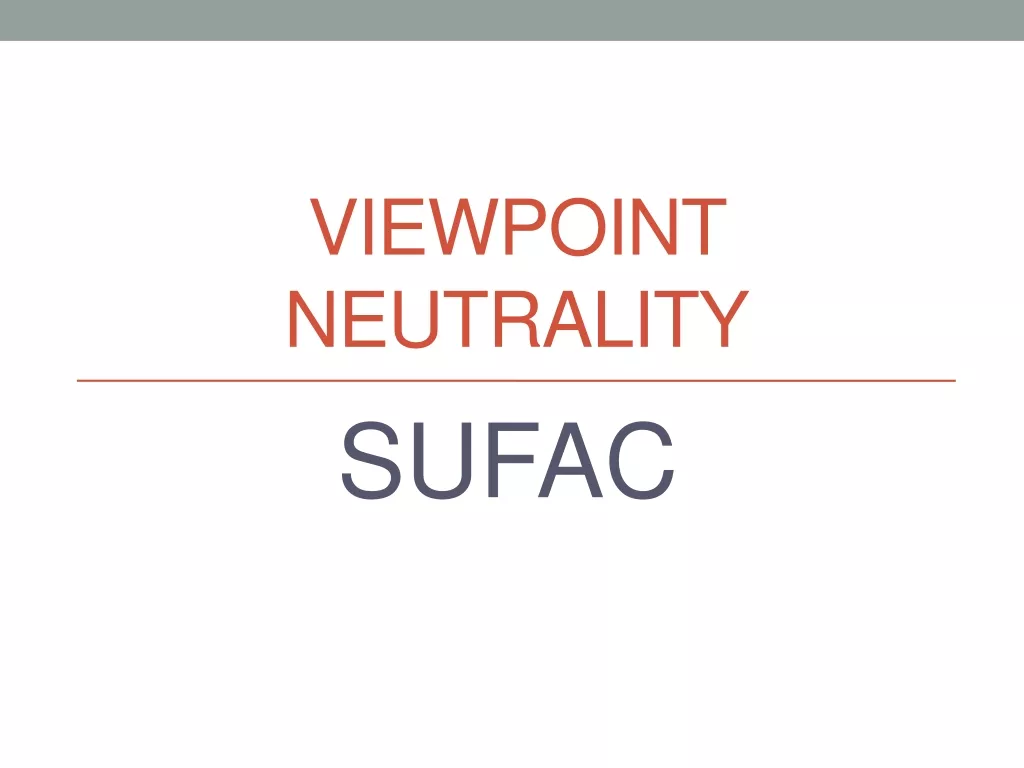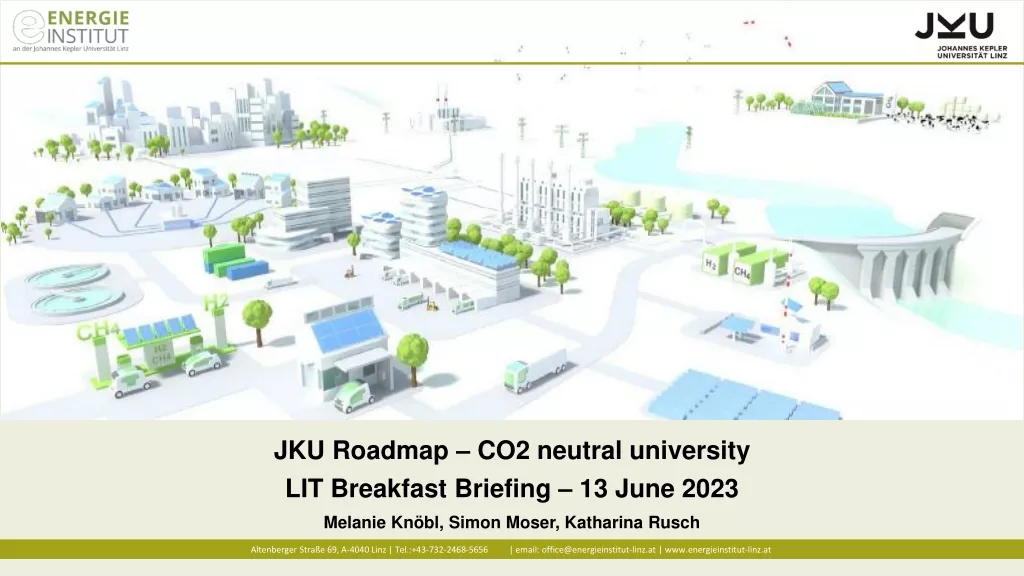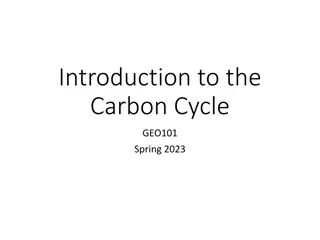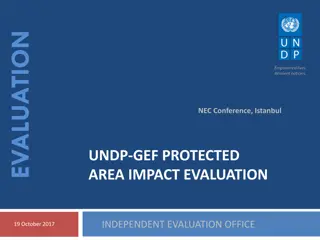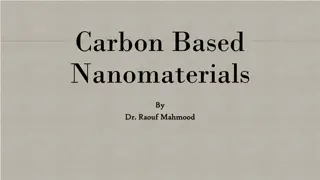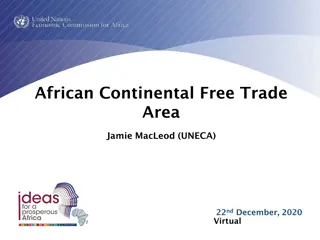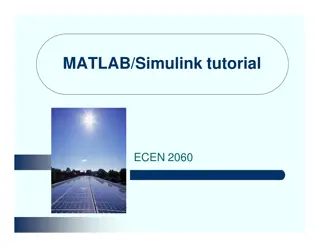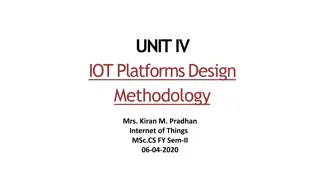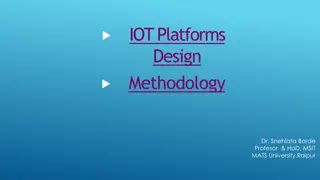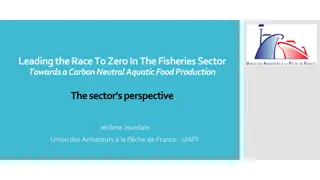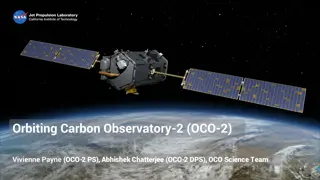Understand PAS 2060:2014 - Specification for Carbon Neutrality
Explore PAS 2060:2014, a standard for demonstrating carbon neutrality through emission offsetting and reduction. Learn about carbon neutrality, offsetting, benefits of the standard, and the significance of a Carbon Reduction Plan in making a positive environmental impact.
Download Presentation

Please find below an Image/Link to download the presentation.
The content on the website is provided AS IS for your information and personal use only. It may not be sold, licensed, or shared on other websites without obtaining consent from the author.If you encounter any issues during the download, it is possible that the publisher has removed the file from their server.
You are allowed to download the files provided on this website for personal or commercial use, subject to the condition that they are used lawfully. All files are the property of their respective owners.
The content on the website is provided AS IS for your information and personal use only. It may not be sold, licensed, or shared on other websites without obtaining consent from the author.
E N D
Presentation Transcript
WHAT IS PAS 2060:2014? www.carbonologyhub.com
Overview This Coffee Break Training aims to provide an overview of the standard and some of the key concepts associated with it PAS 2060:2014 - Specification for the demonstration of carbon neutrality What is PAS 2060:2014? Carbon neutrality Offsetting The process What are the benefits of the standard
What is PAS 2060:2014? PAS 2060:2014 - Specification for the demonstration of carbon neutrality PAS 2060 is the standard for the offset and reduction of emissions for any organisation The subject as defined in the standard is what you claim carbon neutrality (usually via offsetting) against We use the standard ISO 14064-1 as the foundation for this which utilises the quantification step Although PAS 2060 gives some requirements for quantification, it is not a stand-alone standard for quantification like ISO 14064-1 A way to help your organisation make a genuine positive impact on the environment by reducing emissions and offsetting remaining ones is through a Carbon Reduction Plan One of the key outputs is a Qualifying Explanatory Statement (QES) outlining all information relevant to your claim We will go into more detail on this document in the following modules
What is Carbon Neutrality ? Before you start looking at the standard in depth, it would be beneficial to familiarise yourself with some of its key concepts: Carbon neutrality a state of being carbon neutral Carbon neutral condition, within a specified period, where there has been no net increase in global emissions of GHGs as a result of the subject s activities Achieving this is about finding a balance between the GHGs you put into the atmosphere as a result of your activities, and those you remove via offsetting This is often used interchangeably with the term net zero . Definitions for net zero vary but in practice it is a similar principle, with net zero definitions traditionally placing an emphasis on not producing emissions to begin with Definitions can be found in the introduction of the standard which will be used to maintain consistency Terminology can vary but it is important to remember that all organisations emit GHGs to some extent
What Is Carbon Offsetting? Carbon Offsetting involves purchasing into schemes that directly remove GHG emissions from the atmosphere, or prevent them from occurring in the future This includes the purchase of carbon credits to fund schemes such as tree planting, renewable energies or supporting sustainability projects in developing countries It is not designed as a way to buy carbon neutrality, but significant reductions will make offsetting cheaper Achieving neutrality via offsetting is permissible in an organisation s first reporting period under PAS 2060, but reductions must be evidenced in subsequent reporting periods to accompany credits You will need to ensure your offsetting is actually achieved; the standard has specific requirements a scheme must meet in order to be used Quality Assurance Standard, Gold Standard these are audited as per the standards to ensure the environmental integrity of offsetting schemes Credits are valid for 12 months
The PAS 2060 Journey Historic reductions If GHGs have been quantified in previous years, take this into account to evidence reductions associated with the subject Period 1 (baseline) Define the subject Acknowledge historic reductions if available Determine footprint Carbon Reduction Plan Offset Declaration of achievement for P1 Declaration of commitment for P2 Period 2 onwards Determine footprint Review reductions and Carbon Reduction Plan Offset residual emissions Declaration of achievement for P2 Declaration of commitment to P3 Repeat
What Are The Benefits to Your Organisation? Provides a reliable framework for reducing and offsetting your emissions As with other standards, this can be a useful tool to highlight opportunities for improvement within an organisation Save money and improve resource efficiency through a Carbon Reduction Plan Cut carbon, cut costs Being aware of your emissions, having a Carbon Reduction Plan or being carbon neutral is becoming a more common tendering requirement Supports implementation of further standards and is a useful tool to support any current or future mandatory reporting of emissions such as SECR or ESOS Can publicly demonstrate your commitment to the environment via verification of carbon neutrality declaration Helps your organisation contribute to local, national and international environmental targets Genuine benefit to the environment and credible action on climate change
